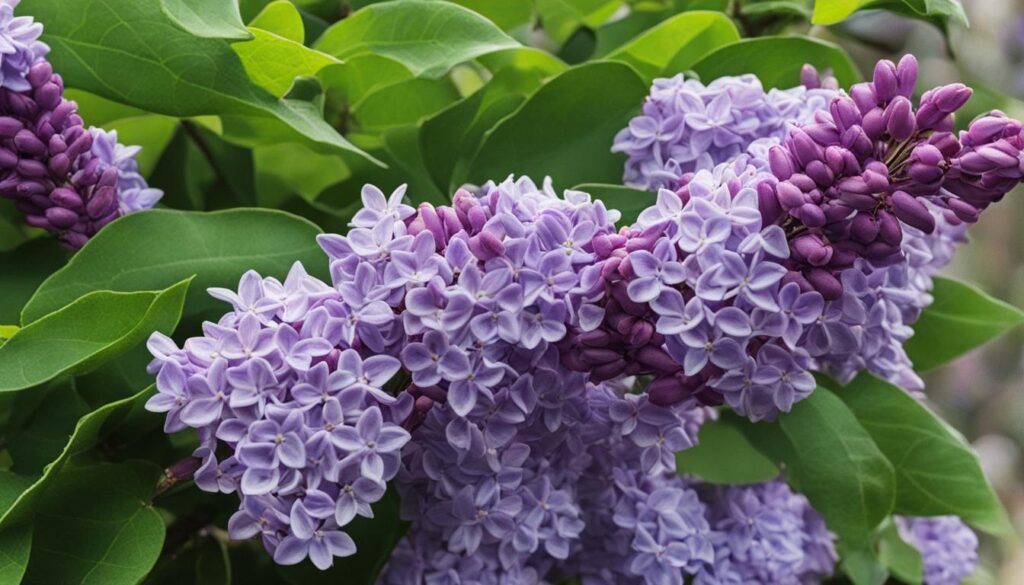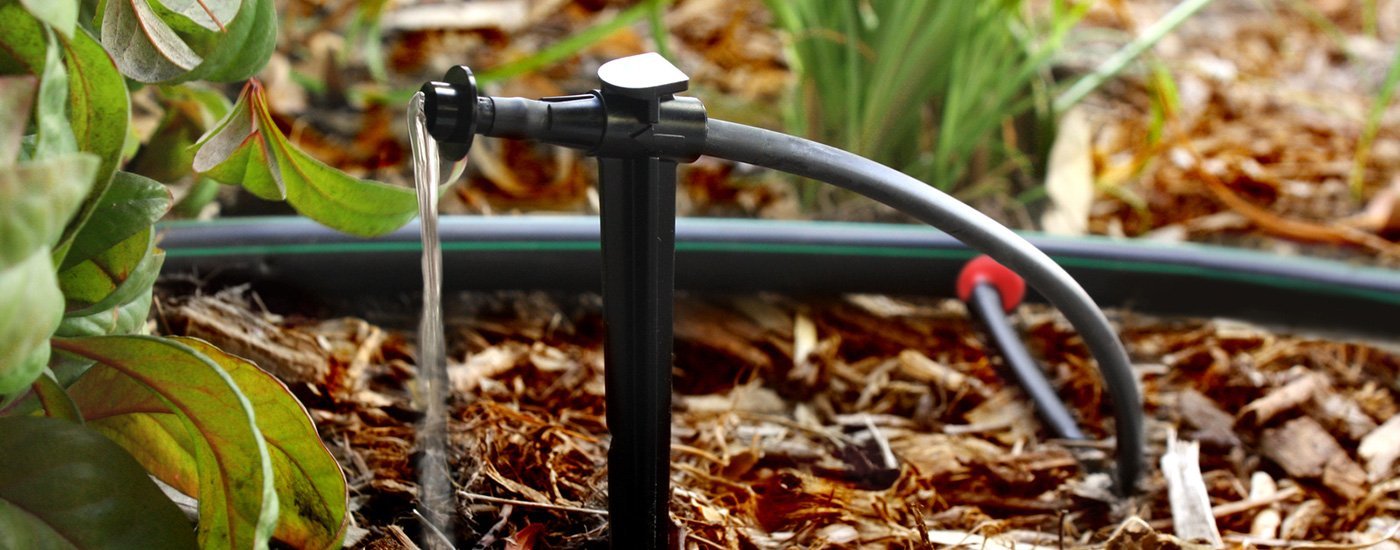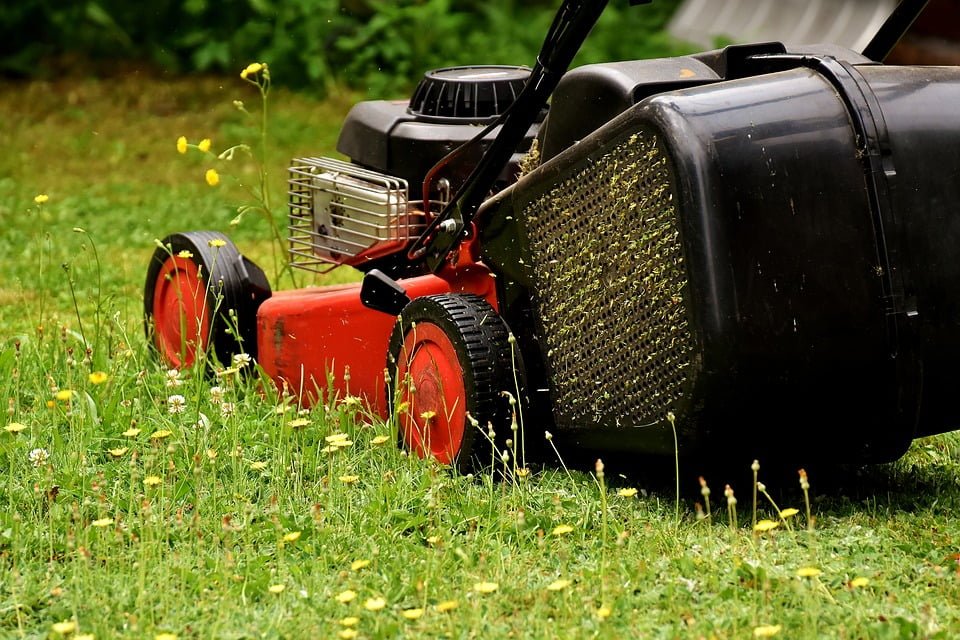If you’re a fan of lilacs and want to add more of these fragrant beauties to your garden, propagating them from cuttings is a simple and rewarding method. By growing lilacs from cuttings, you can easily create new plants with the same characteristics as the parent plant. Plus, it’s a great way to save money and expand your lilac collection. In this article, we’ll guide you through the process of propagating lilacs in your garden, whether you prefer to grow them from cuttings, suckers, or seeds.
If you’re wondering how to grow lilac from cuttings, the key is to take tender new growth from the plant in late spring or early summer. Start by selecting healthy stems that are 4-6 inches in length. Remove the bottom leaves, leaving two to three leaves at the top. Dip the bottom of the cutting in rooting hormone to encourage root development.
Next, fill a pot with well-draining potting mix and plant the cutting, making sure the stem is buried about halfway into the soil. Gently firm the soil around the cutting and water it thoroughly. Place the pot in a warm location with bright, indirect light.
Keep the potting mix slightly moist, but be careful not to overwater. After about one to two months, the cutting should start to root, and new growth will appear. Once this happens, gradually acclimate the plant to brighter light, and when it’s ready, transplant it to its permanent outdoor location.
By propagating lilacs from cuttings, you’ll be able to create new plants that are genetically identical to the parent plant, ensuring that you’ll have gorgeous lilacs in your garden.
Growing Lilacs from Suckers
Another method to propagate lilacs is by growing them from suckers, which are new shoots that emerge from the plant’s roots. Not all lilacs send up suckers, but if your lilac does, you can separate these shoots from the main plant and grow them as new plants.
To do this, follow these steps:
- Dig up the suckers, making sure to keep their roots intact.
- Plant the suckers directly in another location in your garden or pot them up in well-draining compost.
- Water the newly planted suckers well to encourage root development.
This method can be done in the spring and is a fairly simple process that allows you to propagate multiple lilacs from one plant.
Continue reading to learn about another method of propagating lilacs—growing them from seeds.
Growing Lilacs from Seed
While growing lilacs from seed is the slowest and least reliable method of propagation, it can still be a rewarding challenge for patient gardeners. If you’re up for the task, here’s how you can propagate lilacs with seeds.
To start, collect seed pods from mature lilac plants after they have finished flowering. These seed pods contain the potential for new lilac plants.
Next, the seeds will require a period of cold stratification to break dormancy and prepare them for germination. You can achieve this by storing the seeds in a refrigerator for two months in moist compost. This mimics the natural winter conditions that lilac seeds are exposed to.
After the cold stratification period, sow the seeds in a tray of seed compost. Provide a warm environment with consistent moisture to promote germination. On average, the seeds should germinate in about a month.
Once the seeds have sprouted, you can grow the seedlings in a protected area, such as a greenhouse or covered patio, before transplanting them into your yard or pots. It’s important to remember that lilacs grown from seed may take several years to bloom and may not resemble the parent plant, especially if it is a hybrid variety.
Are the Propagation Methods for Lilacs Similar to Those for Bougainvillea?
Yes, the propagation methods for lilacs are similar to those for propagating bougainvillea plants. Both can be propagated by taking hardwood cuttings and rooting them in a well-draining soil mix. However, lilacs can also be propagated by layering and grafting. Overall, the techniques share similarities but also have some differences.










